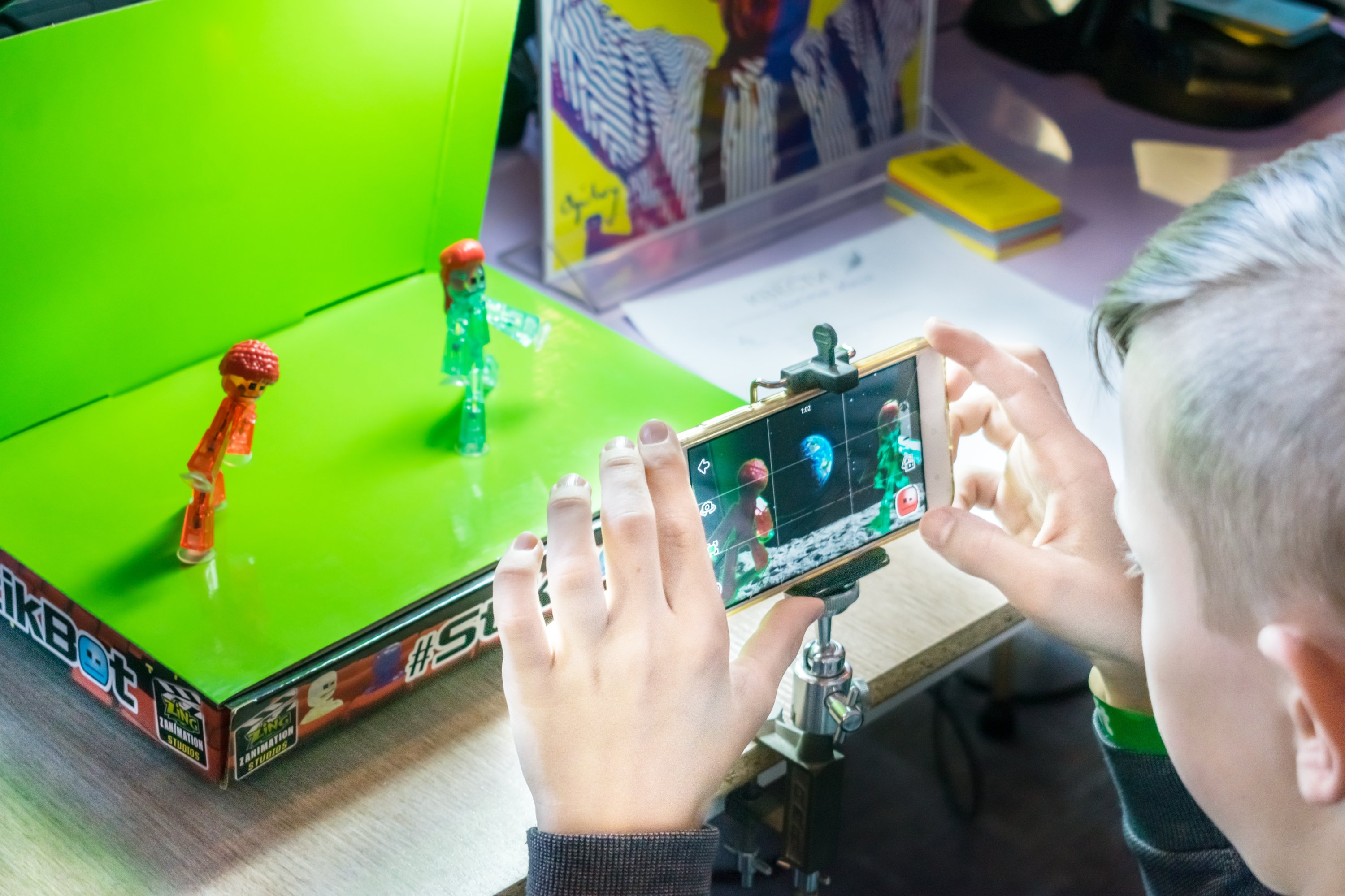

You then move the object a tiny bit and snap another photo. To make it work, you place an object in front of a camera and snap a photo. Stop Motion Animation, explainedįor the uninitiated, stop motion animation is a film making technique that makes inanimate objects appear to move on their own. This project would be great to set up on the STEAM Table. If you’re looking for a STEAM (Science, Technology, Engineering, Art, and Math) project, this is for YOU! However, we’ve had a few mornings filled with creative projects and this stop motion animation project is a winner. We’re lucky to have some great neighbors with kids, and our girls have been lost in imaginative play that expands beyond the reach of anything I could possibly fabricate for them. While my girls have been in a little bit of camp this summer, it’s mainly been Camp Mom for our family: local adventures, crafts, and lots and lots of unstructured play.
LEARN STOP MOTION ANIMATION ONLINE HOW TO
I’ll show you how to do this with an iPad or similar device, and you’ll be making your first movie in minutes. A subscription to CAMPUS ensures that you have the public performance rights to share content from NFB.ca with an audience, including your students.If you want to introduce your child to stop motion animation, this post is written for you. Your ministry of education or school board may have already purchased a subscription to check and see if they have or to inquire about purchasing a subscription for you or your school, click here. Lesson 5 – Creating Characters for AnimationĮducators, to show NFB films or NFB Interactive projects that are online to your students, you require a subscription to CAMPUS. Lesson 4 – Storyboarding and Storytelling Lesson 3 – Overview of Technology and Principles of Animation Lesson 1 – Introduction to Media Literacy Animation Resources will provide you with more useful tips, references and templates to round out your online workshop experience. Then, if you would like to learn more about creating your own animations, explore Lessons 1–7, and complete any activities that interest you. If you want to try your hand at stop-motion animation outside of a classroom context, we suggest you start by clicking on the NFB Instructional Videos. Why not collaborate with other teachers in your school to create an interdisciplinary learning activity? We recommend introducing stop-motion animation as a learning activity or even as a tool for students to demonstrate their knowledge of a subject area. Stop-motion animation can be integrated across the curriculum in subjects as diverse as math, social studies and media literacy. Next, familiarize yourself with Lessons 1–7 and the related activities.


Watch the tutorial clips (one, a couple, or all in one visit) then select a lesson plan related to what your students are studying in class. Read the Educator’s Strategy Guide first, which is a companion piece to the tutorial videos featured on this playlist, then work through the rest of the resources. If you want to use stop-motion animation in your classroom, start by clicking on the StopMoStudio Overview. However, they can be easily modified to suit other age levels and subject areas. The 7 lessons have been designed for an Intermediate (Grade 7–9) Art Curriculum. It offers instructional videos and step-by-step lessons. This web module will teach you how to produce stop-motion animation videos and introduce you to NFB stop-motion animated films. Experience the National Film Board of Canada’s stop-motion animation workshop online.


 0 kommentar(er)
0 kommentar(er)
